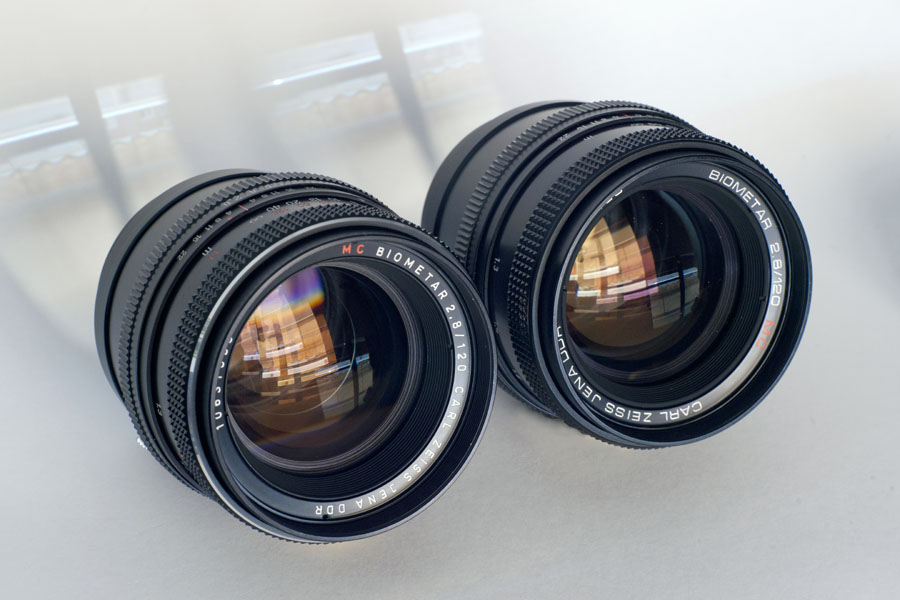
The right eyepiece have a diopter scale and the longitudinal knurling. The eyepieces’ front lens diameter is 10.5 mm. The considered device’s base diameter of the eyepieces is equal to 20.5 mm and the upper prism cover width is equal to 46 mm (see photo). The interpupillary distances scale is indicated on the upper hinge disk. Turactem is a “civilian” model this fact is proved by the central focusing mechanism. In addition, the central hinge fixture (clamp), with the help of which the hinge could have been finally fixed depending on the observer’s interpupillary distance, was removed from the binocular’s design. The weight became less (it was 505 g and became 455 g) and the minimum focusing distance was also reduced significantly - from 15 m to 2.5 m. However, in 1912, there appeared a very rare and little-known model Turactem 8x, which was not included to any catalog: the device had side focusing, not the central one: Īll subsequent versions of this binocular model have central focusing mechanism, rounded objective covers and they differ from each other only by small design changes.Ĭompared with previous Turactem version, the binocular we are considering has ocular bridge shoulders with thickenings closer to hinge axis and lower eyecups (see photo). Turactem was produced from 1914 until approximately 1932. The new device turned out to be much smaller and lighter, and respectively, more convenient to use, its field of view decreased (from 6.6° to 6.3°) and aberrations increased.

The device replaced rather successful Telactem 8x model: Zeiss decided to make a cheaper binocular, so he simplified the Turactem design. The binocular model with central focusing, namely Turactem 8x, appeared in Zeiss catalog T180 in 1914.


 0 kommentar(er)
0 kommentar(er)
